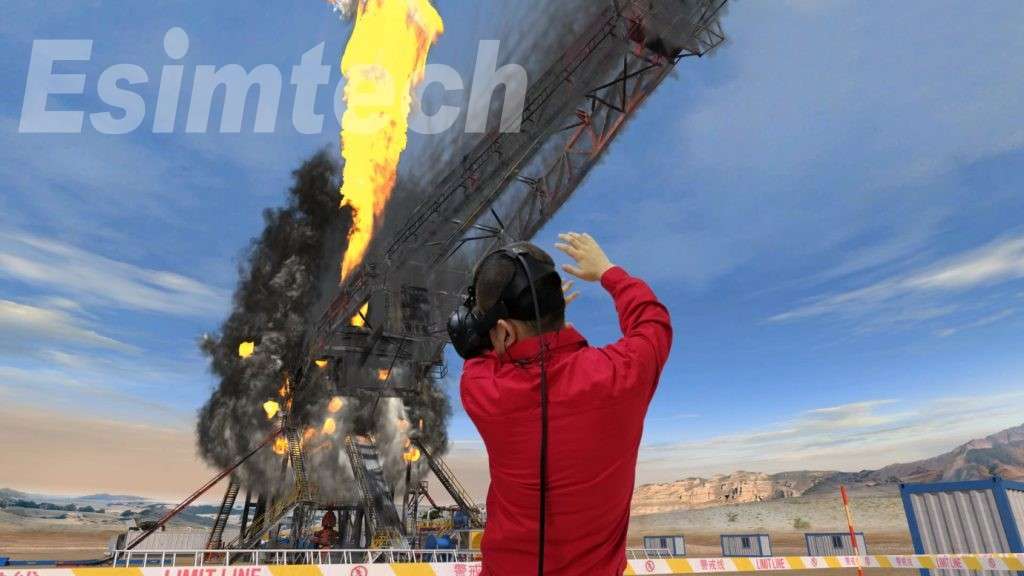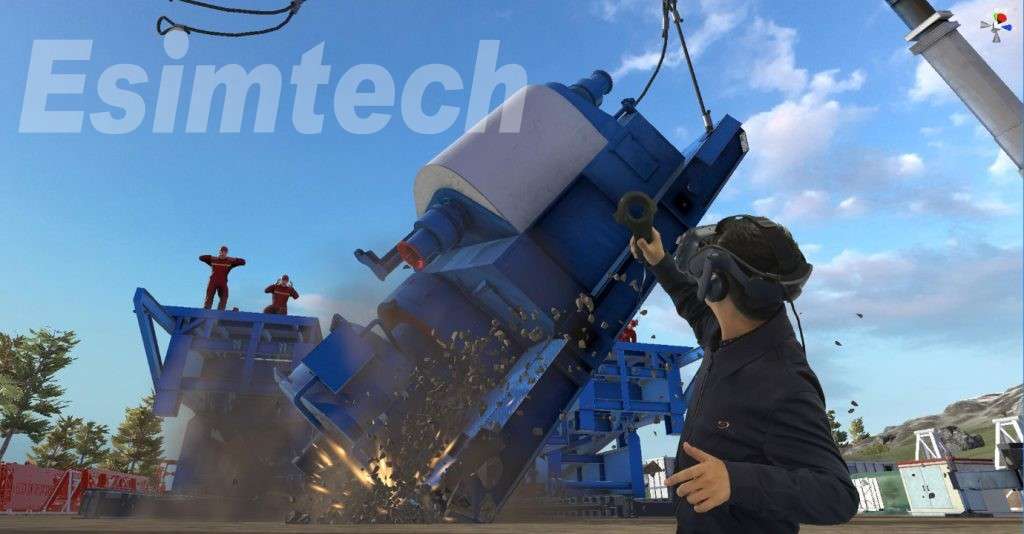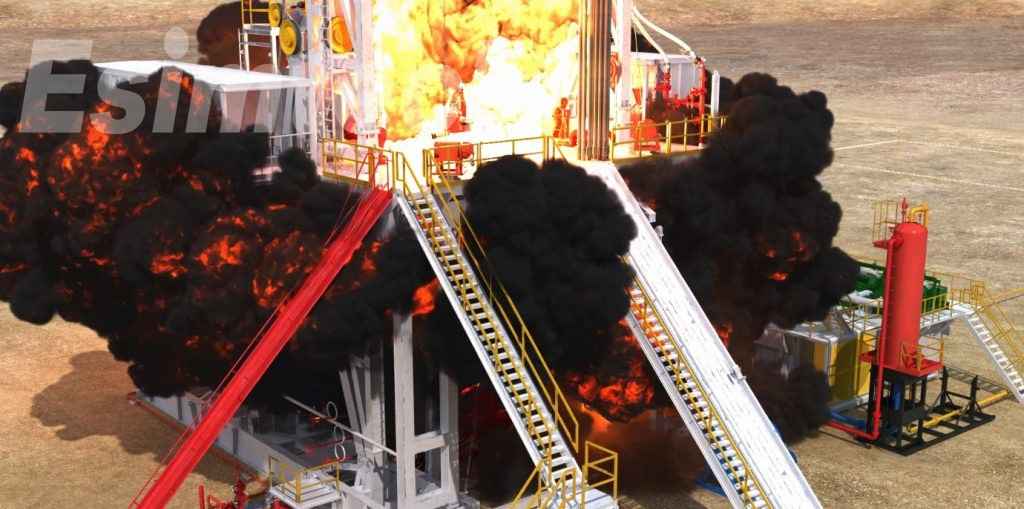Why Choose VR Emergency Training Simulator
Virtual Reality (VR) technology has gained substantial popularity in a variety of industries in recent years, providing immersive and interactive experiences that were previously imagined. Emergency response training is one area where VR is having a significant influence. The VR emergency training simulator is changing the way emergency personnel prepares for critical circumstances by providing a realistic and risk-free environment in which to improve their skills and decision-making abilities. This article focuses on the revolutionary potential of virtual reality (VR) in emergency training, as well as its benefits for first responders and medical professionals.

Advantages of Using VR Emergency Training Simulator
A Virtual Gateway to Realistic Training Scenarios
Theoretical training, tabletop exercises, and practical drills are common components of traditional emergency response training. While these techniques are beneficial, they frequently lack the realism required to completely prepare individuals for high-stress, real-life circumstances. The VR emergency training simulator comes in handy here.
The VR simulator produces a lifelike environment that accurately simulates the obstacles and demands faced by first responders by modeling numerous emergency scenarios such as natural catastrophes, mass casualties, or complex medical emergencies. Trainees can travel realistic virtual landscapes, engage with simulated patients, and practice critical skills without putting lives or property at risk. This immersive, hands-on approach improves their capacity to make quick, educated decisions and adapt to rapidly changing situations.

Enhanced Learning through Immersion and Interactivity
VR technology’s immersive nature offers a distinct advantage in emergency training. Trainees are immersed in a virtual world where they can interact with genuine emergency scenarios, simulating the sensory experience of being on the front lines. The use of specialist VR headsets, haptic feedback systems, and motion-tracking controllers increases the impression of realism, which improves the learning process even further.
Another feature that distinguishes the VR emergency training simulator from traditional training techniques is its interactivity. In a safe and controlled setting, trainees can practice critical skills like as triage, CPR, and wound management. They can get rapid feedback, instruction, and performance indicators, helping them to improve continuously.
Risk-Free Training with Limitless Scenarios
The reduction of dangers connected with real-world training is one of the key benefits of the VR emergency training simulator. Mistakes can have major implications in traditional training, but in the virtual arena, trainees are free to learn from their mistakes without jeopardizing lives or property. They can simulate scenarios, test multiple ways, and gain knowledge without fear of negative outcomes.
Furthermore, the VR simulator provides a wide variety of situations that may be adjusted to specific training requirements. The simulator can simulate almost any emergency circumstance, from responding to a multi-car accident to dealing with a chemical leak. This adaptability allows students to obtain expertise in a variety of conditions that would be difficult or impossible to reproduce in traditional training settings.
Cost-Efficiency and Accessibility
Aside from training benefits, the VR emergency training simulator has cost-effectiveness and accessibility advantages. Virtual training avoids several logistical and budgetary obstacles when compared to coordinating large-scale practical exercises or deploying personnel for on-site training. Remote training is also possible, allowing first responders in remote places or with limited resources to receive high-quality training experiences.
Future Developments and Potential of VR Emergency Training Simulator
Integration of Artificial Intelligence (AI)
1. AI algorithms that improve the realism and intelligence of virtual environments.
2. Training experiences that are dynamic and adaptive in response to trainee actions and decisions.
3. AI-generated feedback and advice for trainees in real-time.
Advanced Simulation Capabilities
1. Enhanced realism with improved graphics, physics, and environmental impacts.
2.Modeling complex physiological reactions and medical disorders.
3.Mixed-sensory feedback integration for a more immersive experience.
Collaborative Training and Communication
1.Exercises in virtual teamwork and coordination among trainees in various locations.
2.Integration of speech recognition and natural language processing for more natural communication.
3.Simulating interagency cooperation and coordination during large-scale disasters.
Data Analytics and Performance Metrics
1.In-depth data collection and analysis of trainee performance.
2.Determining areas for improvement and developing personalized training strategies.
3.Setting benchmarks and comparing trainee performance to industry standards.
Virtual Reality for Mental Health Support
1.Integration of modules for stress management and resilience training
2.Virtual reality therapy for the treatment and prevention of post-traumatic stress disorder (PTSD).
3.Psychological well-being support for emergency responders through immersive experiences.
Mobile and Wireless VR Training Solutions
1.Development of portable and wireless VR training systems
2.Accessible training in remote places or during on-site situations.
3.Mobility enhancement by integration with mobile devices and lightweight VR headsets.

Expansion to Additional Emergency Response Fields
1.Application of virtual reality training to law enforcement, firefighting, and disaster management 2.Customization of scenarios to meet the needs of various emergency response professions
3.Opportunities for cross-training to improve teamwork and understanding among different response teams
Industry Collaboration and Standardization
1.Collaboration between inventors of VR technology and emergency response organizations
2.Development of industry standards and best practices for virtual reality emergency training 3.Sharing of resources and information to promote field developments
Continuous Technological Advancements
1.Progress in virtual reality hardware, software, and simulation technologies
2.Use of developing technologies in training simulations such as augmented reality (AR) and mixed reality (MR)
3.Interoperability with Internet of Things (IoT) devices for increased realism and data collecting
Summary
The virtual reality(VR) simulator has emerged as a powerful tool for emergency response exercises training simulation. It provides first responders and medical personnel with the skills and decision-making abilities needed to traverse critical circumstances by offering a safe, realistic, and immersive environment.
